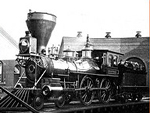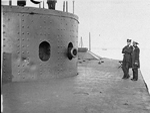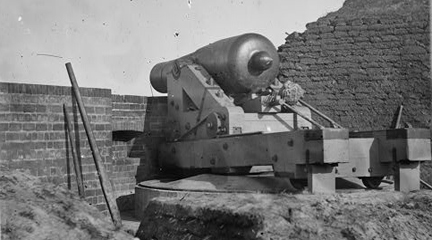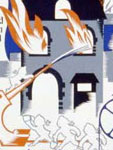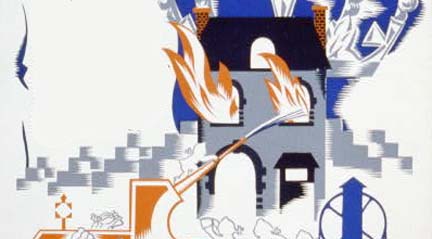The Disaster of Innovation

What was the effect of the cotton gin on slaves?
Eli Whitney patented his cotton engine, or “gin,” in 1794. A mechanical device to separate cotton fibers from cotton seed, it dramatically lowered the cost of producing cotton fiber. Formerly, workers (usually slaves) had separated the seeds from the lint by hand, painstaking work that required hours of work to produce a pound of lint. By mechanizing the process, the gin could produce more than 50 pounds of lint per day. Cotton fabric, formerly quite expensive due to the high cost of production, became dramatically cheaper, and cotton clothing became commonplace. In the early decades of the 19th century, Southern farmers shifted more and more of their acreage into highly profitable cotton production, and large-scale plantation agriculture became common in the Deep South states of Georgia, Mississippi, Alabama, and Louisiana. The gin’s effect on the economy and on the lives of the slaves who made up a significant part of that economy was complex. The cotton gin freed slaves from the arthritic labor of separating seeds from the lint by hand. At the same time, the dramatically lowered cost of producing cotton fiber, the corresponding increase in the amount of cotton fabric demanded by textile mills, and the increasing prevalence of large-scale plantation agriculture resulted in a dramatic increase in the demand for more slaves to work those plantations. Overall, the slave population in the South grew from 700,000 before Whitney’s patent to more than three million in 1850—striking evidence of the changing Southern economy and its growing dependence on the slave system to keep the economy running. Cotton cultivation proved especially well-suited to slave labor. A relatively delicate plant, growing and harvesting cotton was a labor-intensive process. On large Southern plantations, much of that labor was provided by slaves working in gangs. Gang labor fit the slave system particularly well: dozens of slaves collected into a work crew could be supervised by a single white overseer, which made for more efficient work. Unlike solitary jobs like shepherding, which made constant supervision of individual slave workers extremely difficult from a practical standpoint, gang labor in the cotton fields allowed one overseer to supervise (and, when necessary, to discipline and punish) large numbers of slaves simultaneously.
On large cotton plantations both the work and the punishments were unremitting and unforgiving. During the height of harvesting season, slaves worked from sunup to sundown; when the moon was full, they worked into the night as well. Slaveowners varied in their reputations for physical violence, but none eschewed punishment completely in the quest to extract more labor from their charges. Beatings and whippings were frequently used to coerce recalcitrant slaves; slaves who resisted labor or attempted to escape were punished with mutilation, sale away from their families, and occasionally death. There is no simple calculus to determine whether and how the cotton gin affected the lives of individual slaves. It is possible that the adoption of the gin made the working hours of a few individual slaves somewhat less difficult. However, given the barbarity of slavery generally—rampant physical and sexual abuse, the separation of families, lives of forced labor in acute deprivation, and the overarching dehumanization that the system enforced—it seems clear that any invention that encouraged the growth and expansion of the institution increased the misery of slaves in the aggregate acutely. Given the cotton gin’s effects on the spread of large-scale cotton agriculture and the resultant growth in the institution of slavery in the first half of the 19th century, it is difficult to portray its introduction as anything other than a disaster from the perspective of enslaved African-Americans.
Economic History Association. EH.net Hounshell, David. From the American System to Mass Production, 1800-1932: The Development of Manufacturing Technology in the United States. Baltimore: Johns Hopkins University Press, 1984. Patents as Primary Sources Plantation Agriculture Museum The University Library at the University of North Carolina at Chapel Hill. Documenting the American South, 2004.
Gray, Lewis Cecil. History of Agriculture in the Southern United States to 1860, vol. 2. Gloucester, MA: Peter Smith, 1958. Reidy, Joseph P. From Slavery to Agrarian Capitalism in the Cotton Plantation South, Central Georgia, 1800–1880. Chapel Hill: University of North Carolina Press, 1992.
